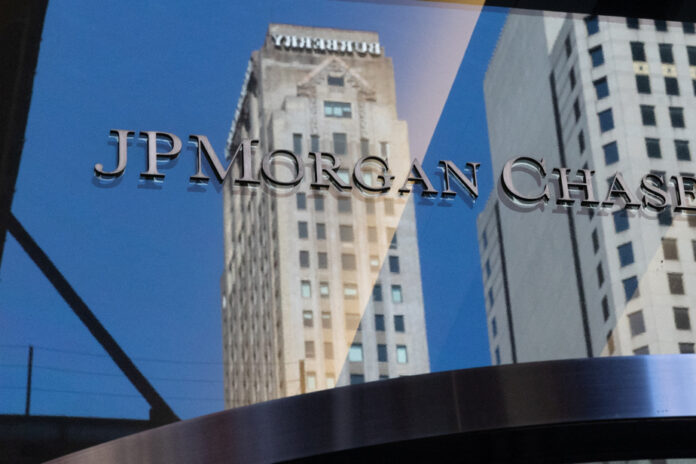(New York) Four of the largest U.S. banks on Friday released comfortable first-quarter results on the back of rising interest rates, appearing to have been barely touched by the turmoil that rocked just a month ago the world of finance.
They remain on guard, with JPMorgan Chase setting aside an additional $1.1 billion, for example, to deal with potential defaults from its customers due to the deteriorating “economic outlook”.
And some warn that banks could lend a little less to individuals and businesses.
But the U.S. economy “continues to do well overall,” said Jamie Dimon, CEO of JPMorgan.
“Consumers continue to spend and have strong balance sheets, and businesses are healthy,” he said.
The banks that unveiled their results on Friday, JPMorgan but also Citigroup, Wells Fargo and PNC, have mainly benefited from the sharp rise in interest rates initiated for a year by the American central bank to fight against inflation.
This drives up their net interest income, which is the difference between the interest they earn on loans to their customers and the interest they pay to savers and other creditors.
They also admitted to having welcomed new customers preferring to place their money with institutions considered too big to fail rather than in smaller banks, after the failures of Silicon Valley Bank and Signature Bank and the liquidation of Silvergate.
The collapse of these three banks was precipitated by massive withdrawals from customers alarmed by signs of weakness.
“We had a tough time in March,” JPMorgan Chief Financial Officer Jeremy Barnum acknowledged on a conference call. But “the system as a whole is in very good health,” he said.
His counterpart at Citigroup, Mark Mason, expressed a similar sentiment.
“We are in a much different situation and health” than the 2008 financial crisis, he said.
The big banks managed “in a very short time” to raise $30 billion to help First Republic in mid-March, “which demonstrates our strength in terms of capital and balance sheets,” he said. raised.
“We are pleased to have been in a strong position to help support the US financial system during recent events that have affected the banking industry,” Wells Fargo boss Charlie Scharf also noted.
Revenue at JPMorgan, the largest U.S. bank by asset size, soared 25% to a record first quarter.
That of Citigroup, the 3rd American bank, increased by 12% “despite the tumultuous environment for banks”, underlined its boss, Jane Fraser.
JPMorgan saw its net profit jump 52% to $12.6 billion. That of Wells Fargo increased by 34% to 4.7 billion dollars, that of Citigroup by 7% to 4.6 billion and that of PNC by 18% to 1.6 billion.
These results were well received on Wall Street where JPMorgan took more than 5% in electronic trading, Wells Fargo 2%, Citigroup 1.5% and PNC 1.3%.
Banks, however, remain on the lookout.
Following the banking sector turmoil in March, “financial conditions are likely to tighten as lenders become more cautious, and we don’t know if that will slow consumer spending,” Dimon said.
To deal with the risks of non-payment, particularly on the side of loans in the commercial real estate sector or on credit cards, Wells Fargo has set aside an additional $643 million and Citigroup $241 million.















